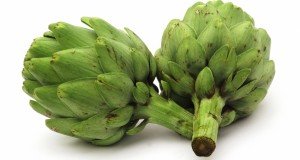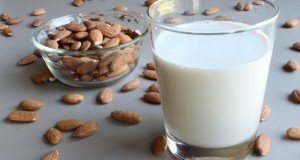Slippery elm shown to help a wide variety of digestive problems
(NaturalHealth365) Centuries ago Native Americans shared with European settlers their knowledge about the healing properties of slippery elm – especially as it related to inflamed throats. In recent decades, slippery elm has been the focus of several medical studies exploring alternative solutions for gastrointestinal disorders.
Slippery elm is the inner bark of Ulmus fulva, a variety of elm widespread in the East Coast of North America and parts of northern Asia. Many U.S. health food stores carry slippery elm as a finely ground powder, colored tan and smelling vaguely like maple syrup.
How slippery elm can become your best healing friend
On one level, slippery elm works as a mucilaginous coating. Because that mucilage contains insoluble polysaccharides, it resists breakdown when exposed to stomach acid – thereby protecting the gastrointestinal lining.
A common dosage for slippery elm is one teaspoon, mixed with water, honey or apple juice, until it forms a semi-fluid paste. And, this paste may be eaten three times a day.
Discovering a healthy alternative to antacids
Mucilage’s resistance to stomach acid makes slippery elm a gentle alternative to antacids, H-2 receptor blockers and proton pump inhibitors – remedies that can disrupt the balance of gut bacteria and interfere with the absorption of essential minerals.
Integrative physicians often recommend slippery elm as a treatment for gastroesophageal reflex disease (GERD). The herbal powder can also ease the discomfort of peptic ulcers.
In cases where helicobacter pylori has not caused the ulcer (for example, when NSAID use has thinned the stomach lining), slippery elm can help the body heal the lesion.
Great news: Taking the “irritable” out of IBS
In 2001, a clinical trial in Australia studied herbal mixtures as treatments for irritable bowel syndrome (IBS). The trial included patients suffering from both kinds of IBS: one variant featuring diarrhea with alternating bowel habits; the other characterized by constipation.
Slippery elm figured in the herbal mixtures prescribed for both categories of patients.
Across the board, the herbal mixtures eased such symptoms as abdominal pain, bloating, flatulence and straining to move the bowels. Patients suffering from constipation experienced greater bowel regularity.
Eliminating the inflammation linked to IBD
About three million Americans suffer from the life-altering problems of inflammatory bowel disease (IBD). Slippery elm has the potential to help one IBD subgroup: patients with ulcerative colitis (UC).
A 1999 medical study compared the effectiveness of Western medicine (including prednisone) and traditional Chinese herbs to treat UC. Slippery elm consistently performed well.
Overall, the herbal treatment had a higher success rate than the pharmaceuticals: 84 percent cured or improved, as compared with 60.5 percent.
Several years later, British researchers established slippery elm’s antioxidant effect on the mucosal lining of UC sufferers. That study tested the same group of herbs explored in the Chinese trial.
In addition, slippery elm proved a superoxide scavenger, thus having the potential to heal the auto-immune damage done to the colon.
Sources for this article include:











